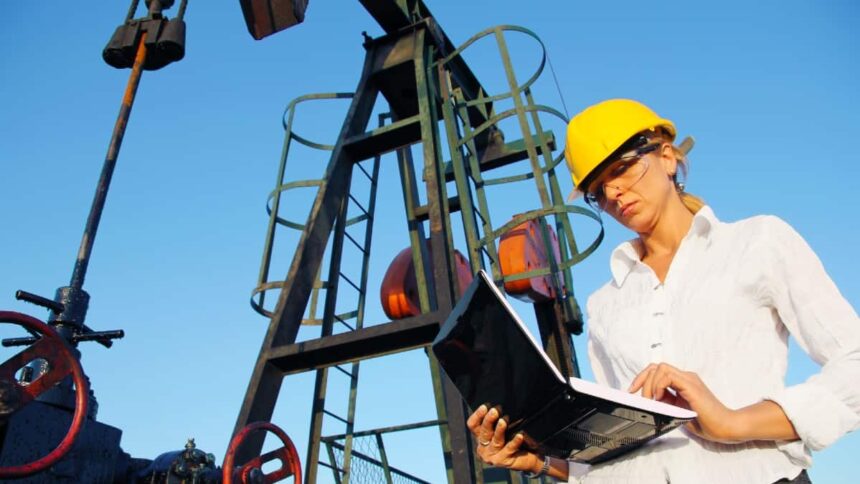Picture supply: Getty Pictures
The Shell (LSE: SHEL) share worth has taken a hammering. As oil and gasoline costs slide, so does the inventory. With Brent crude now buying and selling close to $60 a barrel, the FTSE 100 power big’s feeling the pressure.
Over the past month, Shell’s share worth has slumped 12.73%, and it’s down nearly 15% over 12 months.
It’s a happier image for long-term traders. Over 5 years, the shares are up 85%, and when reinvesting dividends, the entire return edges nearer to 115%. That’s the kind of reward that comes with sticking round by the sector’s pure cycles, even when sentiment’s weak.
Nonetheless pumping money
Shell’s enterprise isn’t working on empty. In 2024, it generated free money circulate of $39.5bn, up from the earlier yr, regardless of a weaker pricing setting. Money circulate from operations got here in at $54.7bn. That’s hardly an organization in misery.
It’s been busy returning that money too, through dividends and share buybacks. Shareholders obtained $22.6bn final yr, equal to 41% of complete working money.
The present share worth hunch has additionally dragged the valuation down to simply 8.7 occasions earnings. That’s near half the FTSE 100 common. It’s in cut price territory. The dividend yield has risen to 4.4% in consequence, which appears more and more interesting as rates of interest start to fall.
Whereas there are issues round Shell’s pivot away from earlier inexperienced power commitments. It’s shifting in the direction of higher-return initiatives whereas nonetheless investing within the web zero transition. Fuel stays central, each for Shell and the worldwide power combine, particularly as energy demand from AI and electrification surges.
Brief-term clouds
There are points, in fact. In its April replace, Shell lowered its LNG manufacturing outlook attributable to cyclones and unplanned upkeep in Australia. That’s not very best given gasoline is a core enterprise energy.
It additionally flagged a $100m exploration properly write-off, and it’s not the one cutback. Shell’s aiming to take away between $5bn and $7bn of annual prices by 2028, with $3.1bn already stripped out since 2022. That exhibits self-discipline.
Clearly, tariffs from the US have hit commodity markets exhausting. If the US falls into recession, and the remainder of the world slows, oil might fall additional. Shell has held up higher than FTSE 100 rival BP, whose shares are down 33% within the final 12 months, however it hasn’t been proof against the turbulence.
Wanting forward
Analysts see Shell shares rising to a median goal of three,042p inside a yr. That’s 25% greater than right this moment, which might be fairly candy if it occurs. Add within the dividend, and complete returns might close to 30%. These numbers depend on a extra secure world, in fact, and forecasts can change shortly.
For long-term traders although, this can be a second of alternative. Vitality demand isn’t going away, whilst the combination shifts. Shell’s well-positioned, worthwhile and low cost by historic requirements. It’s exhausting to name the underside in a sector like this. It at all times is.
However I can see why traders would take into account shopping for right this moment’s short-term dip. I’d purchase it myself, however I’m taking part in the power sector cyclical swing through BP. To date, I’m not doing properly.








